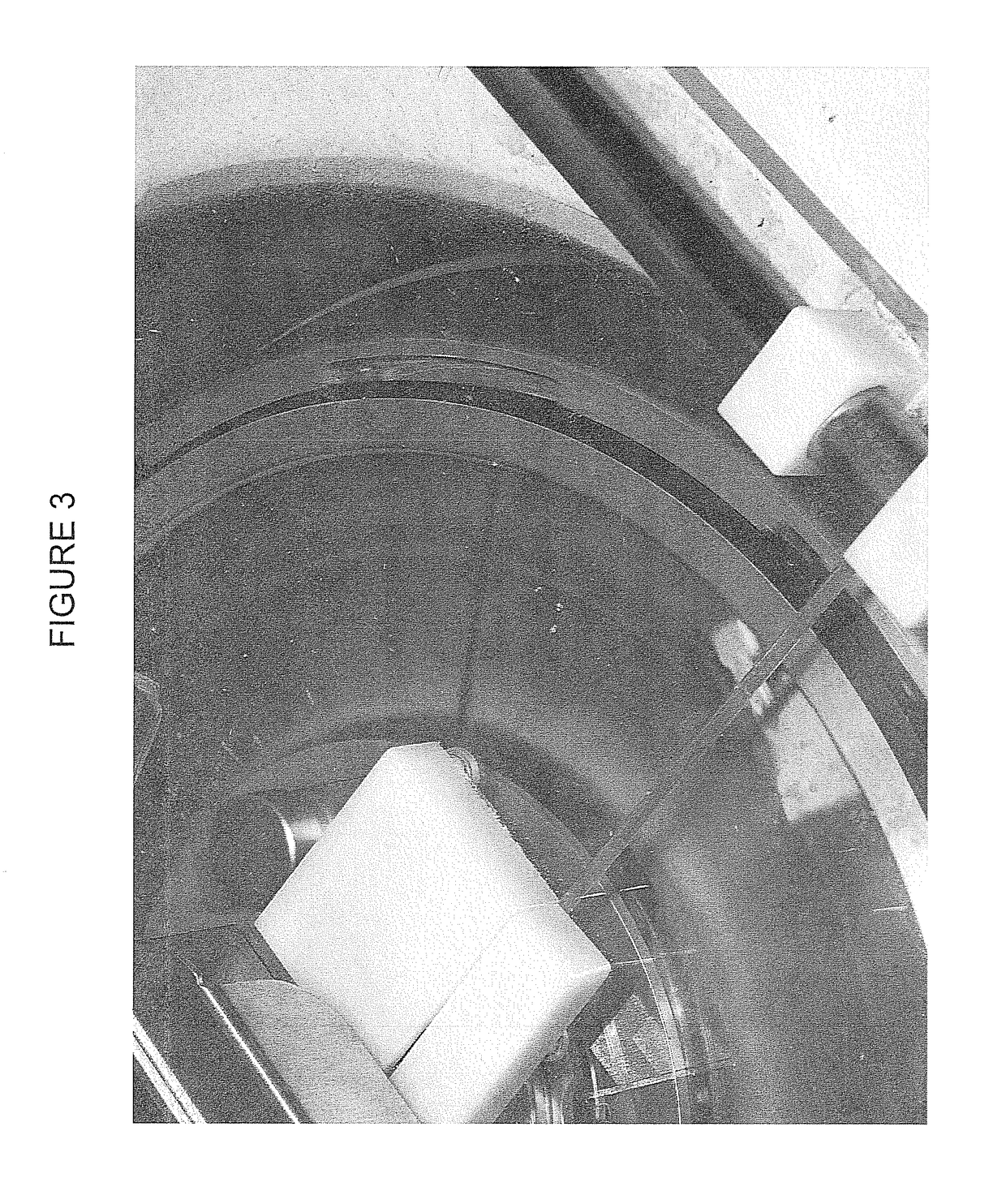IRX-2 modified manufacturing process
a manufacturing process and irx technology, applied in the direction of animal/human proteins, peptides/protein ingredients, peptides, etc., can solve the problems of unsuitable pharmaceutical grade products, inconsistent batches and small-scale quantities of products, and cumbersome procedures performed such as filters, starch, manual centrifugation and washes
- Summary
- Abstract
- Description
- Claims
- Application Information
AI Technical Summary
Benefits of technology
Problems solved by technology
Method used
Image
Examples
example 1
[0079]Purification of MNCs Using Cell Processor / FEP Bag Storage
[0080]LSM Fraction Studies
[0081]The purpose of the LSM purification step in the IRX-2 process is to remove contaminating cells (granulocytes, red blood cells and platelets) yielding an enriched preparation of mononuclear cells (MNCs) composed of lymphocytes and monocytes.
[0082]Granulocytes can cause poor cytokine yield by interfering with accurate cell counting of MNC as well as interfering with PHA induction (i.e. by binding PHA). The actual process limit of granulocytes has not yet been determined. Early in the process development of IRX-2, granulocyte removal was monitored on the Coulter Ac•T diff 2 hemocytology analyzer and the process limit was set at NMT 5% (limit of detection of the Ac•T diff 2).
[0083]In the previous process, MNCs are purified manually using centrifugation over Lymphocyte Separation Medium density gradients (LSM, equivalent to FICOLL-HYPAQUE 1077 (Sigma)). Each donation is purified separately and ...
example 2
[0113]Cell Washing Using the Hollow Filter System
[0114]An automated MNC wash method was developed, which effectively removes the process chemical phytohemagglutinin (PHA), a mitogen, from induced MNCs to levels comparable to washing by manual centrifugation while maintaining cell viability and the ability to produce IRX-2 cytokines.
[0115]In the second step of the IRX-2 process, pooled MNCs are induced to produce biologically active cytokines by the addition of a mitogen, phytohemagglutinin (PHA), and ciprofloxacin. In conjunction with PHA, the ciprofloxacin stimulates the cells inducing transcription of type I cytokines including IL-2 and IFN-γ. FIG. 8 shows the cells being mixed with media / inducers and being transferred to a disposable cell culture device. FIG. 9 shows the disposable cell culture device being placed in the incubator. After induction, the induction mixture, culture medium and cells, is aseptically harvested and the cells are recovered via centrifugation. The cell cu...
example 3
[0126]Harvest / Clarification of IRX-2 Culture Supernatant
[0127]A supernatant clarification method was developed 0.45 micron filtration, which effectively removes cells from culture supernatant and is comparable to manual centrifugation without significantly reducing IRX-2 cytokine yields. There is shown to be little to no removal of critical IRX-2 cytokines. Supernatant clarification is shown in FIG. 12.
[0128]Results:
[0129]During the current IRX-2 process the culture supernatant containing the induced cytokines was clarified (i.e. cell removal) utilizing centrifugation. In order to streamline and scale-up the process we evaluated a 0.45 micronfilter membrane filter for cell removal and supernatant clarification. The same PVDF membrane material is used in other stages of the IRX-2 process (anion exchange pre-filter and final product sterilizing grade filter) and was selected for minimal protein binding. Evaluation of the data demonstrates minimal cytokine removal when the IRX-2 cultur...
PUM
| Property | Measurement | Unit |
|---|---|---|
| cell density | aaaaa | aaaaa |
| cell density | aaaaa | aaaaa |
| pH | aaaaa | aaaaa |
Abstract
Description
Claims
Application Information
 Login to View More
Login to View More - R&D
- Intellectual Property
- Life Sciences
- Materials
- Tech Scout
- Unparalleled Data Quality
- Higher Quality Content
- 60% Fewer Hallucinations
Browse by: Latest US Patents, China's latest patents, Technical Efficacy Thesaurus, Application Domain, Technology Topic, Popular Technical Reports.
© 2025 PatSnap. All rights reserved.Legal|Privacy policy|Modern Slavery Act Transparency Statement|Sitemap|About US| Contact US: help@patsnap.com



